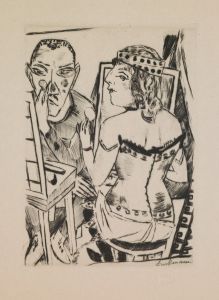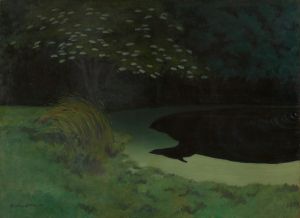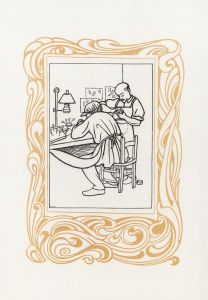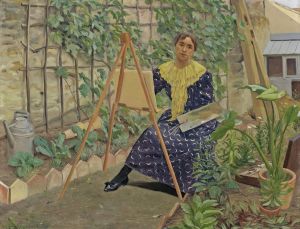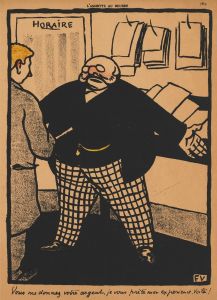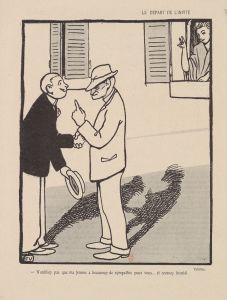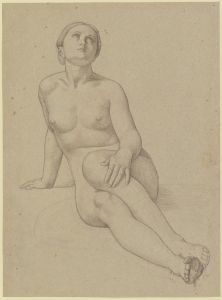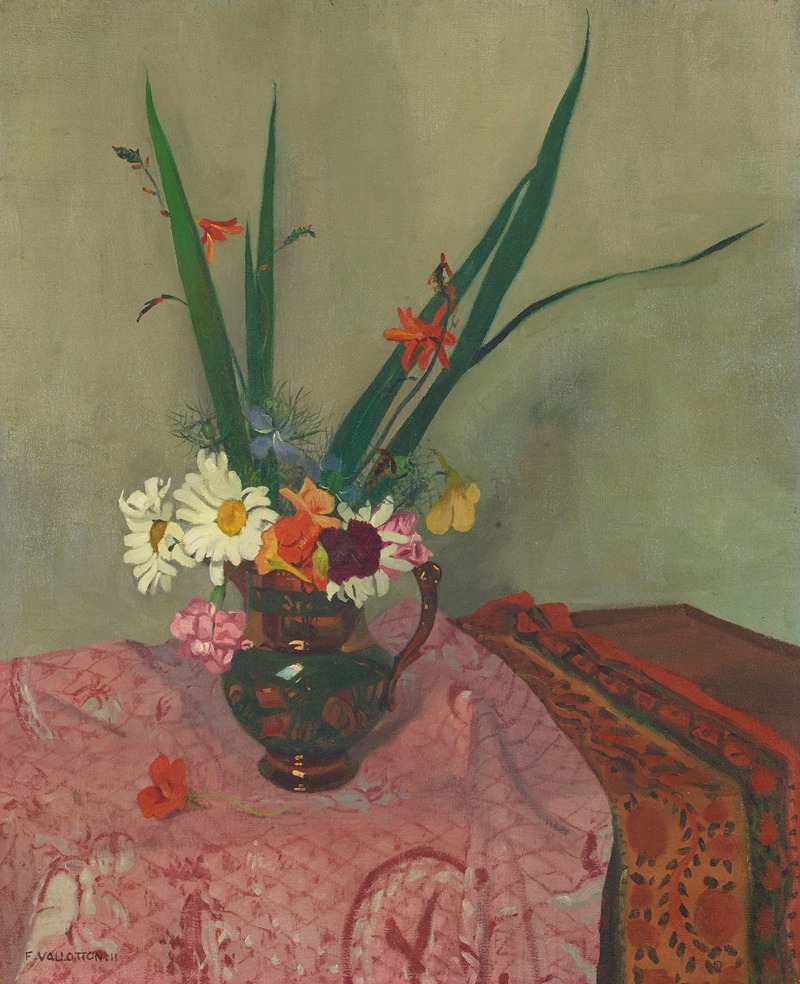
Le pot mordoré
A hand-painted replica of Félix Vallotton’s masterpiece Le pot mordoré, meticulously crafted by professional artists to capture the true essence of the original. Each piece is created with museum-quality canvas and rare mineral pigments, carefully painted by experienced artists with delicate brushstrokes and rich, layered colors to perfectly recreate the texture of the original artwork. Unlike machine-printed reproductions, this hand-painted version brings the painting to life, infused with the artist’s emotions and skill in every stroke. Whether for personal collection or home decoration, it instantly elevates the artistic atmosphere of any space.
Félix Vallotton, a Swiss-French painter and printmaker, is renowned for his contributions to the Post-Impressionist movement and his association with the Nabis group. One of his notable works is "Le pot mordoré" (The Gilded Pot), which exemplifies his unique style and artistic approach. Vallotton was born in Lausanne, Switzerland, in 1865 and later moved to Paris, where he became an influential figure in the art world during the late 19th and early 20th centuries.
"Le pot mordoré" is a still life painting that reflects Vallotton's meticulous attention to detail and his ability to capture the essence of everyday objects. The painting features a pot with a lustrous, golden hue, set against a simple background that emphasizes the object’s form and texture. Vallotton's use of color and light in this work demonstrates his skill in creating depth and dimension, drawing the viewer's attention to the pot's reflective surface and the subtle play of light across its contours.
Vallotton's artistic style is characterized by a blend of realism and abstraction, often incorporating bold outlines and flat areas of color. This approach is evident in "Le pot mordoré," where the pot is rendered with precise lines and a limited color palette, creating a striking contrast between the object and its surroundings. The painting's composition is carefully balanced, with the pot positioned centrally, allowing it to dominate the visual field and engage the viewer's focus.
Throughout his career, Vallotton was known for his versatility, producing works in various genres, including portraits, landscapes, and interiors. However, his still life paintings, such as "Le pot mordoré," hold a special place in his oeuvre, showcasing his ability to transform ordinary objects into subjects of contemplation and beauty. Vallotton's still lifes often explore themes of simplicity and elegance, inviting viewers to appreciate the inherent beauty of everyday items.
In addition to his painting, Vallotton was a prolific printmaker, gaining recognition for his woodcuts that often depicted scenes of contemporary life with a satirical edge. His involvement with the Nabis, a group of avant-garde artists, further influenced his work, encouraging him to experiment with form and color while maintaining a focus on the emotional and symbolic potential of his subjects.
"Le pot mordoré" is a testament to Vallotton's mastery of still life painting and his ability to convey complex ideas through seemingly simple compositions. The painting reflects his interest in the interplay between light and shadow, as well as his commitment to capturing the essence of his subjects with clarity and precision. Today, Vallotton's works are celebrated for their innovative approach and enduring appeal, with "Le pot mordoré" standing as a prime example of his artistic legacy.
Félix Vallotton passed away in 1925, leaving behind a rich body of work that continues to inspire and captivate audiences worldwide. His contributions to the art world, particularly through his still lifes and prints, have cemented his reputation as a key figure in the transition from Impressionism to modern art.





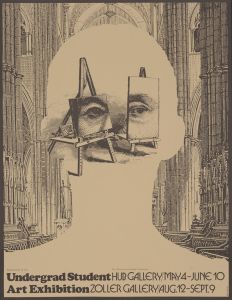
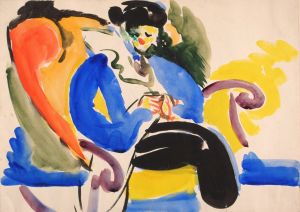


![Design for unidentified restaurant, possibly Dunhall’s Restaurant, New York, NY.] [Mural of masks and dancing figures](/imgs/249302/s/winold-reiss-design-for-unidentified-restaurant-possibly-dunhalls-restaurant-new-york-ny-mural-of-masks-and-dancing-figures-2b52066c.jpg)
